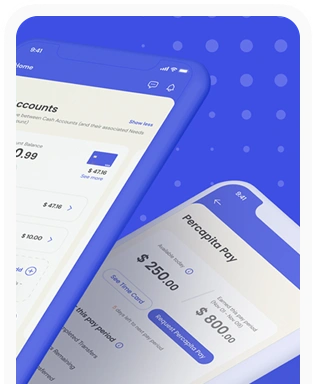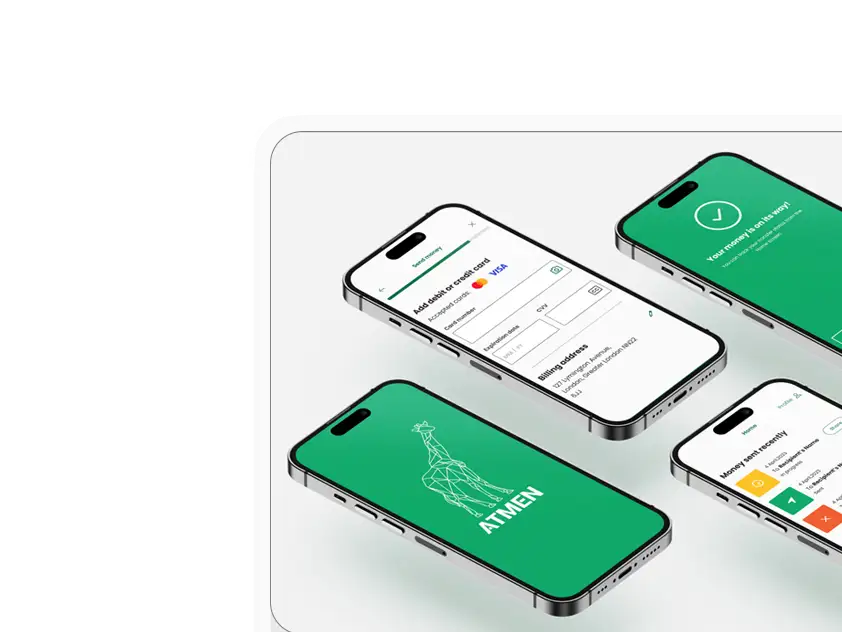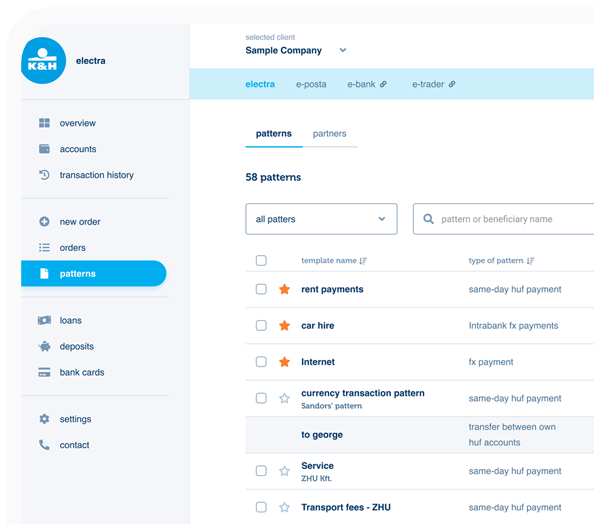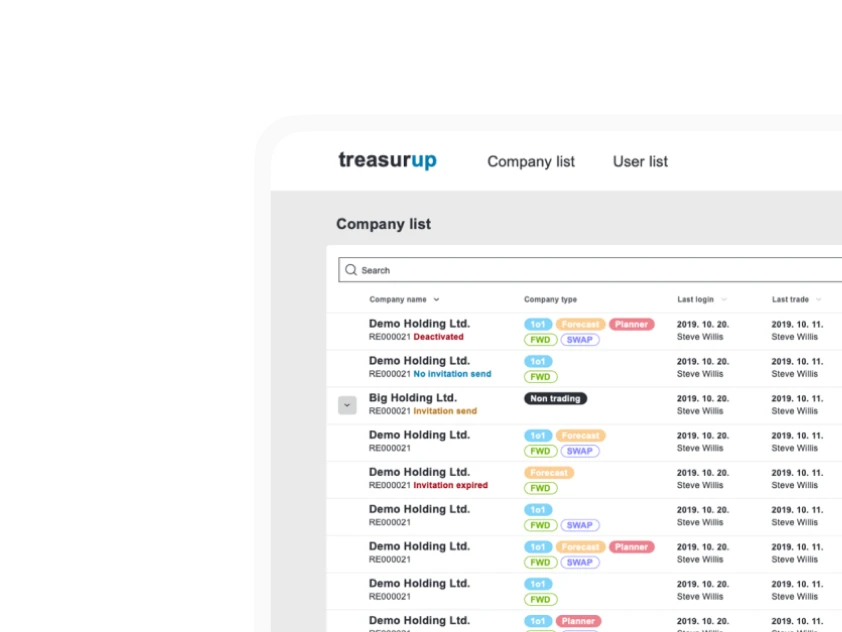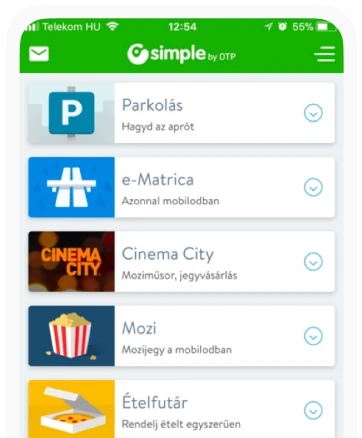The Top 10 Global Trends you need to follow about insurtech in 2019
The insurance industry used to be tech lazy. It’s not true anymore. It is projected that in 2019, 2 billion USD will be injected into the emerging insurance technology industry, also known as insurtech.
Nowadays, we can easily calculate an insurance quote with a few clicks, or manage our coverage online. We no longer need to be physically present to manage our insurance. Insurance companies that strive for a leading position should be open to the following tech trends.
Artificial intelligence and Machine Learning
In 2018, more insurance and insurtech companies started using integrated AI. In 2019, companies will complete their decision making and pricing structure with AI data analysis.
MGI reports that automation will replace 25% of the insurance jobs. It will save costs on both sides for the insured individuals as well as for the companies.
Consumers are also looking for a personalized experience when purchasing property or casualty insurance for themselves. AI offers the possibility to reach these demands by accessing data faster and shortening the turnaround cycle of claims. According to a report by PwC, initially, AI will be used to improve efficiency, automating customer’s underwriting and claims processes. After a while, it will be able to identify, evaluate and guarantee risks and identify new revenue sources.
According to Forbes, “ Machine learning is technically a branch of AI, but it’s more specific… Machine learning is based on the idea that we can build machines to process data and learn on their own, without our constant supervision”. Machine learning is not only about improving claims, but about automation, moreover, it can help in policy administration and risk assessment.

Robotic Process Automation
Robotic Process Automation (RPA) is one of the most widely accepted tech trends to be used in 2019. RPA is used to automatize workflows and operations. It can reduce the claim registration and processing time even by 50%. With this technology productivity, shortened cycle times and better accuracy can be achieved.
Chatbots
By definition, a chatbot is “a computer program designed to simulate a conversation with human users, especially over the Internet”. In 2017-18 chatbot technology in the insurance industry was a big win. Chatbots are used in many other industries as well and it is predicted that by 2023 chatbots’ usage in customer interactions will pop dramatically. As an extension of AI, chatbots can be used for getting insurance quotes, initiating claims process or provide policies written to customers. Chatbots are making customer journey easy, engaging and smooth. Our blog about how to build a chatbot gives a detailed insight into this technology.
Internet of Things (IoT)
IoT adoption is more likely to grow in 2019 within the insurance industry. It enables real-time data collection and insurers can calculate more precise pricing in property-casualty, life, and health insurance. People are more likely to give additional personal information if they can cut their costs. Our blog “What we get and could get from IoT” describes other IoT usage more in detail.
Wearable Tech
Some market leaders already started using wearable technology to ensure the usage-based insurances for customers. These companies use this tech to receive personalized data to be able to decide about the insurance rate, based on lifestyle, driving habits, etc. Hopefully, in 2019 this trend will gain more place and also incentivizes insureds to live a healthier and safer life.
Telematics
In insurance technology telematics means a wearable technology for cars. Vehicles can be equipped with monitoring devices that can measure several values like speed, locations, number of accidents and much more. The collected data is examined and processed by analytics software and gives the opportunity for a personalized insurance rate. One subcategory of this is the smartphone-based insurance (UBI) where an app tracks the driver behavior and collects data in real-time.
Drones
Drones can be the new technology tools used in the industry. They can be used in many stages of the insurance lifecycle: can gather information on property risks, assess damage after catastrophic events or aiding in preventative maintenance.

Blockchain
The technology behind cryptocurrencies will be implemented in the insurtech industry as well. Its features will optimize business processes as the decentralized data collection and smart contracts. Probably the technology of blockchains will not be fully implemented, but insurance companies are already testing how it can be applicable and effective.

Digital engagement and Social media data
In 2019 it is predicted that the usage of mobile apps and social media will reach a peak. With this trend, insurance companies cannot avoid focusing on digital engagement with their customers. More and more insurance companies will invest in their own mobile and web apps. They will focus on building customized digital solutions to maximize the number of customers.
Social media’s role in the insurance industry in 2019 has to be also highlighted. Social media data is improving risk assessment, helping fraud detection capabilities and enabling new user experiences. Insurers also can look at their customers’ social media activities and compare it with their claim records, looking for any differences.
Augmented reality
Augmented Reality started to be used in insurtech. It is already used to warn insureds of certain damage risks, to explain policies and insurance plans or to increase brand awareness. In some other use cases AR was implemented to estimate damage and for remote guidance and training. Augmented reality also created new market segments. As it can help to target the new generation of customers, it is worth for insurance companies to invest in AR.

